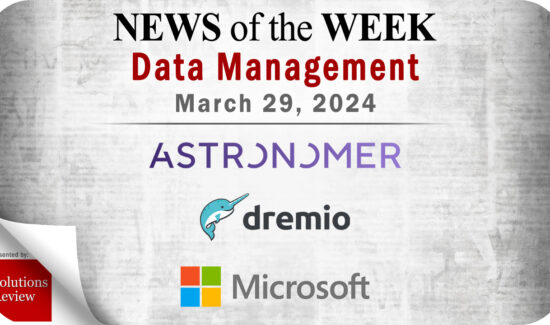2017 Gartner Critical Capabilities for Data Quality Tools: Key Takeaways


Source: Gartner
Gartner recently released its 2017 Critical Capabilities for Data Quality Tools report, a companion resource to the popular Magic Quadrant research. Used in conjunction with the related Magic Quadrant, Critical Capabilities is an additional resource which can assist buyers in finding software products that will fit best in their organizations. At Solutions Review, we read the report, available here, and pulled out a few observations.
Gartner defines Critical capabilities as “attributes that differentiate products/services in a class in terms of their quality and performance.” Gartner rates each vendor’s product or service on a five-point (five points being best) scale in terms of how well it delivers each capability. Critical Capabilities reports include comparison graphs for each use case, along with in-depth descriptions of each solution based on the various points of comparison.
Gartner defines data quality tools as a “discipline”, assuring that “data is “fit for purpose” in the context of existing business operations, analytics and emerging digital business scenarios. It includes program management, roles, organizational structures, use cases and processes (such as those for monitoring, reporting and remediating data quality issues).”
The study highlights 16 vendors Gartner considers most significant in this marketplace and evaluates them against 15 critical capabilities and 6 use cases prevalent in the space, including:
- Big data and analytics
- Data integration
- Data migration
- Information governance
- Master data management
- Operational/transactional data quality
Gartner recommends that data and analytics leaders utilize the critical capabilities to plan for the use cases outlined in the report. In addition, stakeholders should also explore how emerging product capabilities such as machine learning and predictive analytics can be leveraged in both current and future scenarios.
MIOsoft leads the pack
MIOsoft is the clear leader of the pack, earning the top spot in each of the six use cases outlined in the report. This shouldn’t come as a surprise, given the provider’s standing in 2015 and 2016. MIOsoft scored considerably higher than its next closest competitor in the big data and analytics and information governance use cases.
Data quality is becoming increasingly vital
According to Gartner’s 2017 CDO survey, the data quality role was ranked as the number-one top tole staffed in the office of the CDO. This comes as a result of the proliferation in available data sources, diversity in where they lay, and increasingly sophisticated analytic frameworks. However, Gartner cautions that while one vendor may be suitable for one set of use cases, it doesn’t necessarily meet others.
Adoption is at an all-time high
Increased adoption on the demand side for many business scenarios is now a reality, with representation from a wide variety of industries, organization size, and pricing models. The main driver of this is enterprise (and mid-market) investment in digital business initiatives which figures to only grow larger in the years ahead. Organizations are also looking to optimize operations and monetize their data, which also has an effect.
Read Gartner’s Critical Capabilities to see how the top providers scored, or check out Solutions Review’s 5 Data Quality Tools Vendors to Watch in 2018.
Widget not in any sidebars






















